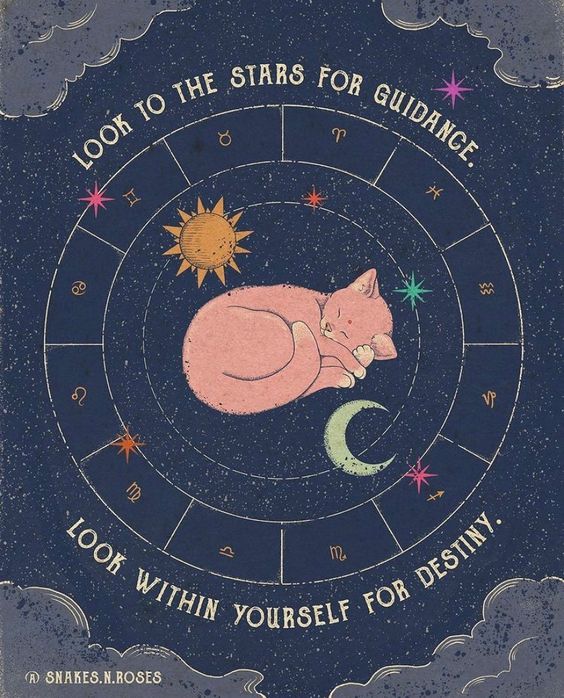
Astrology enthusiasts often find the transitions between zodiac signs, particularly when planets are at the edge of a sign and poised to enter the next, to be particularly intriguing. These transitional periods are believed to carry a potent energy that can influence events on Earth. The recent giant wave in Japan serves as a case in point, providing an interesting perspective on the potential impact of planetary positions. In this specific instance, the focus is on Neptune, the ruler of the oceans, positioned on the last degrees of Aquarius, and Uranus, which was on the last degrees of Pisces. The concept of mutual reception, where two planets are in each other’s ruling signs, adds another layer of significance. This alignment suggests a unique interchange of energies between Neptune and Uranus, possibly amplifying their individual influences.
Neptune, associated with the vastness and mysteries of the ocean, symbolizes the subconscious, intuition, and the ebb and flow of emotions. When positioned on the final degrees of Aquarius, a sign known for its innovative and unpredictable qualities, it could be seen as a period of heightened sensitivity and potential for unexpected events. Uranus, on the last degrees of Pisces, accentuates the theme of change, innovation, and unpredictability. Pisces, as the last sign of the zodiac, is often associated with endings and a merging with the collective unconscious. Uranus in Pisces could signify a transformative energy that shakes up established patterns and brings about sudden and profound changes.
Astrologers often attach significance to the entry of outer planets into new zodiac signs, considering these transitions as potential indicators of broader societal or global shifts. Numerous astrologers confidently predict significant events on a large scale based on the entry of planets into new signs, particularly when considering outer transits. For example, in a lecture by Stephen Arroyo about the Jupiter-Saturn conjunction, he highlighted a prediction by Marc Edmund Jones. Jones foresaw a momentous event during the fall of 1942 when Neptune entered Libra, a prediction that led to an epic event reshaping the course of world history. In the autumn of 1942, a significant historical event unfolded in Chicago with the initiation of the first controlled nuclear chain reaction, marking the commencement of the atomic age. Examining the astrological chart set for that date, Neptune was positioned at 0 degrees in Libra. While many astrologers might instinctively attribute the massive use of atomic energy to the transit of Pluto in Leo, considering it as an equally contributing factor, the association of Neptune in Libra may initially seem paradoxical. Typically symbolizing love and global harmony, Neptune in Libra, in this context, reflected a prevailing belief that atomic energy should not only bolster defense but also play a role in “promoting world peace.”
Astrologers often believe that these transition periods carry a heightened energy that can significantly impact both individual lives and global events. The concept posits that the initial degrees of a zodiac sign intensify its energy, exemplified by the ongoing Uranus transit through the early degrees of Aries. This alignment corresponds with global rebellions, confrontations with authority, and widespread riots. Astrologers often associate the initial degrees of a sign with a burst of new energy, sparking dynamic and sometimes unpredictable events that align with the nature of the sign involved.
Planets at the beginning or end of signs don’t enter or leave quietly is a common observation in astrology. This idea is rooted in the belief that these transitional phases magnify the expression of the planet’s influence, contributing to more noticeable and impactful events. Mundane astrologers often circling these dates with a bright red marker, highlighting the anticipation and significance attached to these astrological moments. The last degrees of a sign, such as Uranus reaching the last degrees of Aries, suggests that this period might be characterized by a culmination or intensification of the rebellious and innovative energy associated with Uranus in Aries.
Astrologer Liz Greene characterizes the 29th degree as the ‘last fling,’ suggesting that it distinctly embodies the characteristic qualities of the zodiac sign. According to her observations, the most typical expressions of any sign are often found at 0 degrees and 29 degrees. This perspective on astrology views these degrees as points of emphasis, where the qualities of the sign are magnified, and individuals or events associated with these positions may exhibit more pronounced traits.













